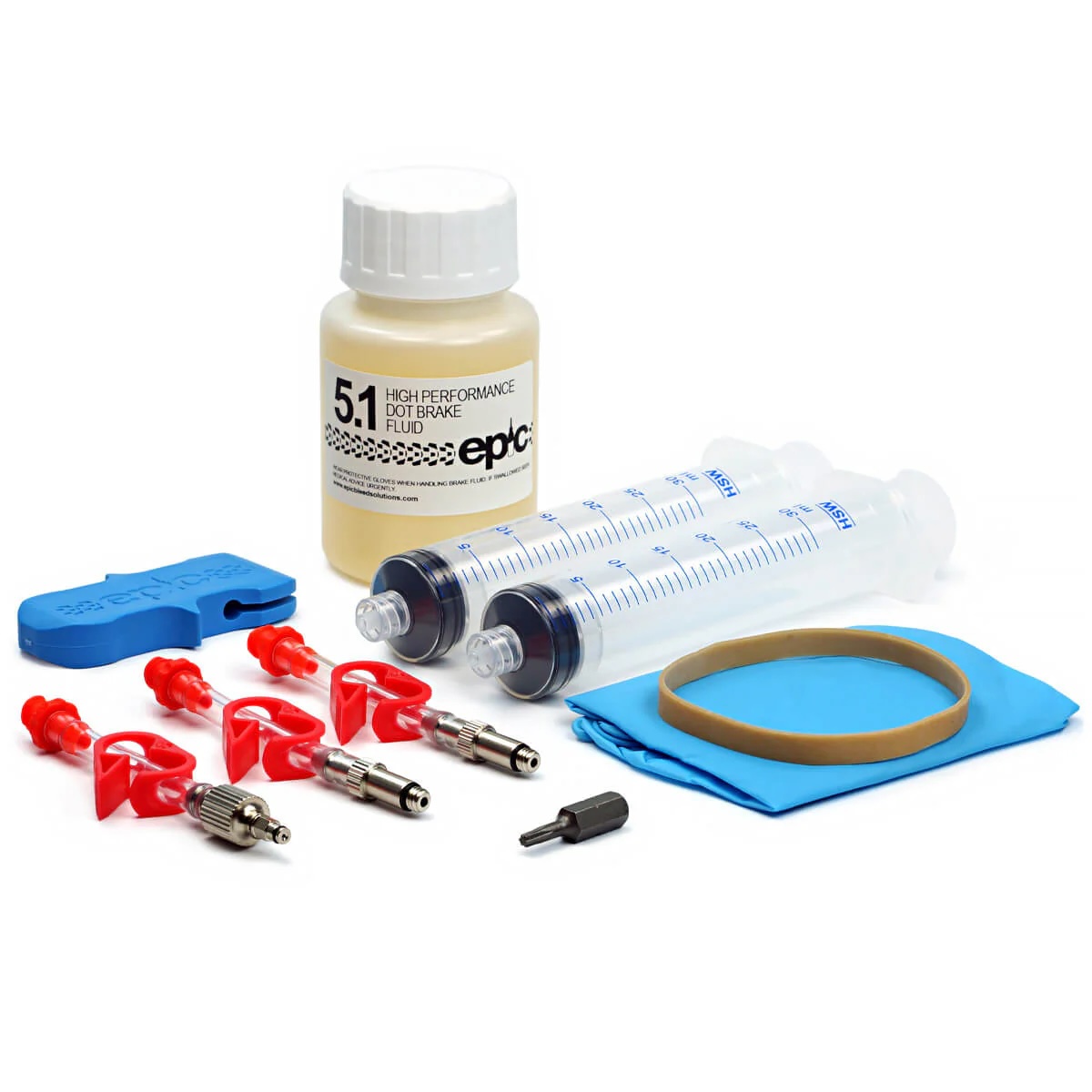
Am I becoming a bike luddite?
I’ve generally gone with advances in bike technology as they’ve developed over the years. Mostly these have represented refinements in existing technology, such as the steady creep in gear numbers from 5 speed freewheels (when I was cycling to school as a teenager) through to 12 speed cassette hubs. In mechanical gears, I’ve usually been able to keep abreast of which cassette spacing would work with what combination of shifters and gear mechs.
All that began to change as we moved into combined brake/gear levers (STI from Shimano and Ergopower from Campagnolo).
As I alluded to in a prior post, I’ve usually evaded the ‘groupset tyranny’ and gone with mix of components from various manufacturers. That's becoming increasingly difficult with new electronic gearing.
But what’s irritated me lately has been indirectly due to the advent of hydraulic disc brake systems.
My stable of bikes has two TT bikes with Magura hydraulic rim brakes. I have a touring tandem with cable rim brakes and a rear Hope disc brake. I have a commuting winter bike with SRAM Rival hydraulic disc brake levers (with mechanical gear shift controls operating a Rohloff 14-speed hub gear). I have a 2023 Canyon CFR road bike with SRAM Red AXS and hydraulic disc brakes.
Aside from the annoyance that Hope and SRAM use DOT5.1 fluid while Magura uses mineral oil (as does Shimano, I don’t know if their’s is cross-compatible with Magura’s), I’ve found myself experiencing irritation with sorting how to bleed the SRAM Rival brakes on my winter bike. (As an aside, why all the stupid trade names? Magura have Royal Blood (a blue coloured mineral oil, get it?). SRAM have “stealthamajig”, and “Bleeding Edge”…)
And in searching the web for instruction manuals for bleeding SRAM levers I find a rather large range of different disc calipers often with a different bleed port and other adjustments. To their credit, SRAM manuals are pretty good, and very well illustrated.
The SRAM Rival hydraulic brakes on my winter bike have always felt a bit spongy, and I was pretty much having to pull the levers to the bars to get any braking action. Well, I figured there must be air in the system, so I picked up a third-party SRAM bleed kit. This bleed kit is pretty comprehensive and works with both Bleeding Edge and non-Bleeding Edge calipers. It comes with very detailed instructions and seemed to work very well. Recommended!
 This has all got me thinking.
This has all got me thinking.
Back in the day, brakes all worked in a very similar way, whether they be single pivot, double pivot, cantilever or v-brakes. You could very easily tell when brake blocks needed replacement, or whether a cable needed adjustment or replacement. Cables were pretty much interchangeable.
Now you need tools specific to working with hydraulic calipers - to spread the pistons, to hold the pistons in place when bleeding the system, and to stop the brakes actuating accidentally when transporting the bike wheel out. You need the correct hoses, and various barbs and olives and banjo nuts to suit the brake system. Even within one manufacturer’s product line there will be several different bleed ports and so forth. You also need to be really careful not to contaminate the pads or discs with oil or hydraulic fluid.
None of the technical aspects of working with hydraulic brakes seem to me to be particularly difficult. It’s just the variation on how to do the work.
In the end, I chose to bleed the SRAM Rival brakes using a third party bleed kit from Epic Bleed Solutions. Once I'd figured out which connectors to use (I think I didn't have a Bleeding Edge caliper!), the whole process was straightforward. Unfortunately, there didn't actually seem to be air in the system. I double-checked and triple-checked, and did both the front and rear brakes.
I also tried new brake pads in the rear brake. No change to the general sponginess. I decided to investigate the brake reach setting, and found they were set with quite a short reach - I reset them to full reach, and their action seems much improved. I don't seem to be able to set the shift levers so they sit immediately behind the brake levers. I think the issue here is that manufacturers don't include bite point adjustment on their lower tier levers.
Still, that's all better than before. Perhaps I'm not developing luddite tendencies after all...but don't start me on tubeless tyres for road bikes!
When you subscribe to the blog, we will send you an e-mail when there are new updates on the site so you wouldn't miss them.
Comments